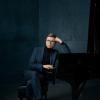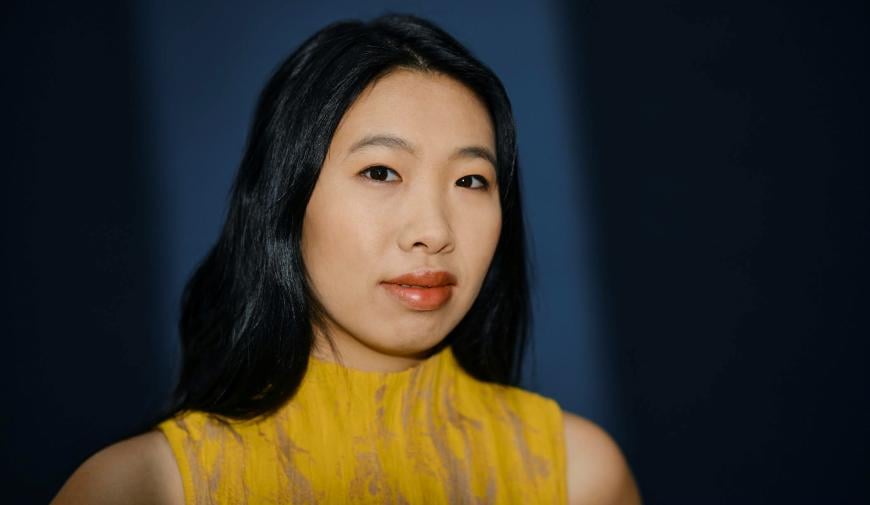
Pianist Hilda Huang was just 18 years old when she became the youngest competitor, and the first American, to win first prize at the 2014 J.S. Bach Competition in Leipzig, Germany. A Bay Area native, Huang studied piano in the San Francisco Conservatory of Music’s pre-college program with John McCarthy, as well as harpsichord, and had at the time recently finished her freshman year at Yale University, studying chemistry.
Her performing career took off after the Bach Competition. She presented her debut recital on the Steinway & Sons Prizewinners’ Concert Network at the Leipzig Gewandhaus and was invited to play at the Leipzig Bach Festival, BASF Gesellschaftshaus, and the Montreal Bach Festival. She went on to earn a master’s degree at the Yale School of Music and a doctorate at Juilliard.
Since 2014, Huang’s musical identity has been intertwined with Bach — an association she’s welcomed with open arms. In nearly every interview she’s done throughout the course of her career, she’s been asked where her interest in Bach comes from. The answer to that question, she says, has changed over time.
Huang’s talents will be on display during her upcoming piano recital for San Francisco’s Old First Concerts on June 25, with a program featuring Bach’s Partitas in C Minor, BWV 826, and G Major, BWV 829; Franz Liszt’s The Sermon of St. Francis to the Birds; and Robert Schumann’s Novelletten.
SF Classical Voice caught up with the 27-year-old Huang, who currently resides in New York City, ahead of her return to the Bay Area.
You started piano when you were 3. Do you remember what made you choose the instrument?
I had a friend in preschool, and it turned out that his mom played the piano and his brother played the cello. His father plays guitar. And he was just picking up the violin. So I would go over to their house and play piano. I don’t remember it, but that’s the story, as it gets told to me.
How were you first introduced to Bach’s music?
My second teacher, Anna Polonsky, who was my first real, serious teacher — I was learning the Two-Part Inventions at the time, which is fairly standard fare — she gave me a disc of Glenn Gould and said, “Listen to this, but don’t play like it.” I really liked it. I must have been 6 or something.
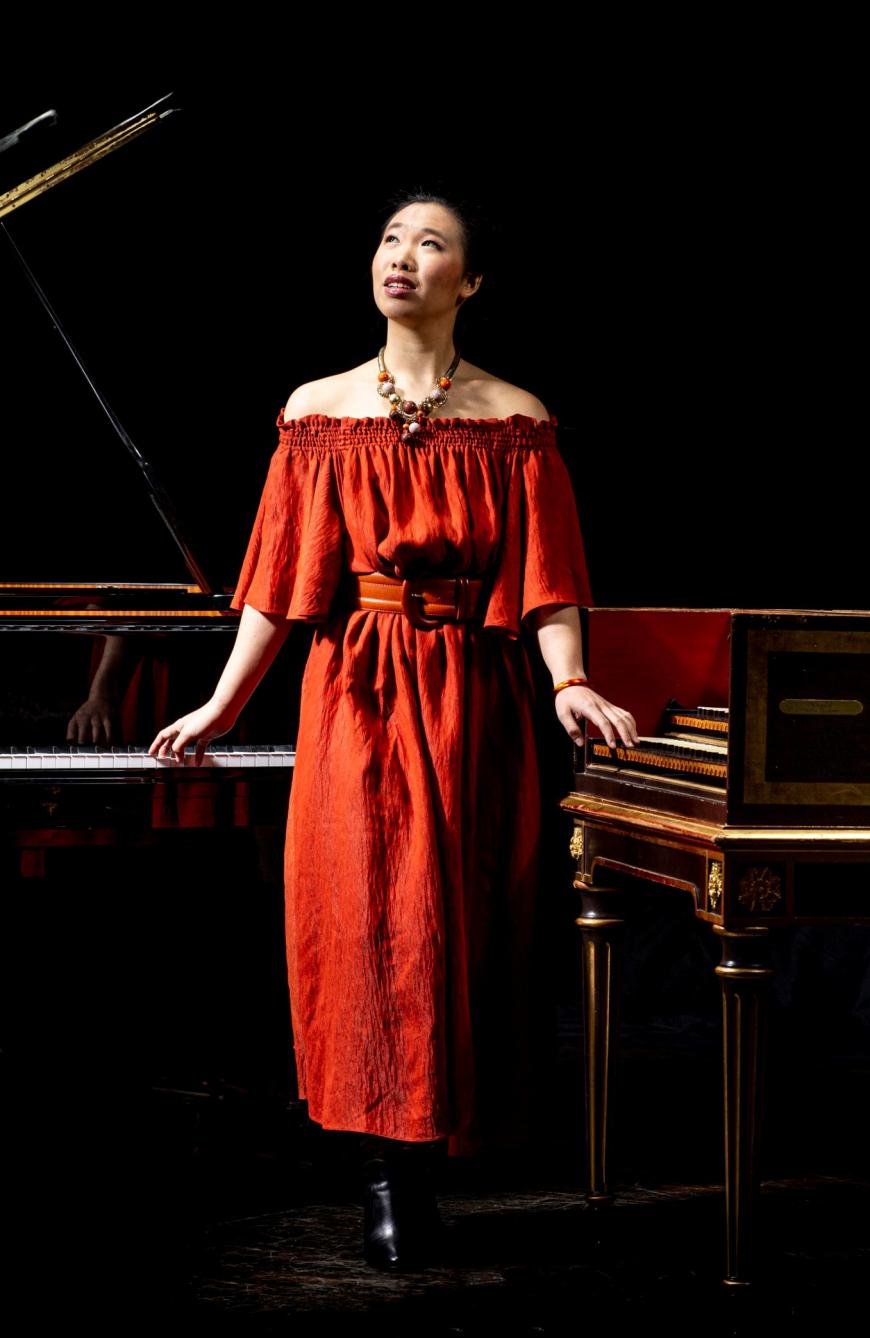
Would you say that your interest in Bach stems from back then?
It’s funny, I’ve done a number of interviews over the years, and I’ve noticed that my answers [to this question] have evolved.
In the beginning, it was like, “I really just love playing music.” And then it was, “I’m really quite recognized for being good at playing it.”
And so now as I’ve gotten older, I find that, you know, my interest is not just one of enthusiasm. I love playing Bach’s music, but it’s also motivated by a desire to really get inside what it is I’m communicating to an audience. As I’ve been playing it for so long, my musicianship has kind of been formed in that image. That’s how I learned counterpoint, basically — by playing a lot of Bach chorales and fugues. So it’s really inseparable for me at this point.
How did you get started on the harpsichord?
When I enrolled at [SFCM], I actually started on harpsichord lessons, because at the time you could enroll just for single instrument lessons and not necessarily be like a full-time participant in their prep program. So I started harpsichord lessons with Corey Jamason. I don’t remember exactly how I got into it, whether I happened upon that name in the conservatory roster — because at that point I was also searching for a new piano teacher.
I was lucky to grow up in the Bay Area, which is one of the places in the States that has a very robust early-music community. My teacher actually found us a harpsichord from MusicSources in Berkeley, and I was very young at the time, so we did keep it at home, but I was just too young — I was like 10 or 11 years old — to tune and take care of it all by myself.
What are some of the differences between playing on harpsichord versus modern piano? Do you have a preference?
It’s a bit like speaking two different dialects in the same language or two different European languages. What’s funny is that pretty much none of my repertoire on the two instruments crosses, so I don’t play anything on the harpsichord that I play on the piano. Really the only composer that I play in public on both instruments is Bach. And I play Bach on the organ, too. So I try to think of playing on the harpsichord, playing on the piano, and playing on the organ as using different tools to achieve the artistic goals that you want.
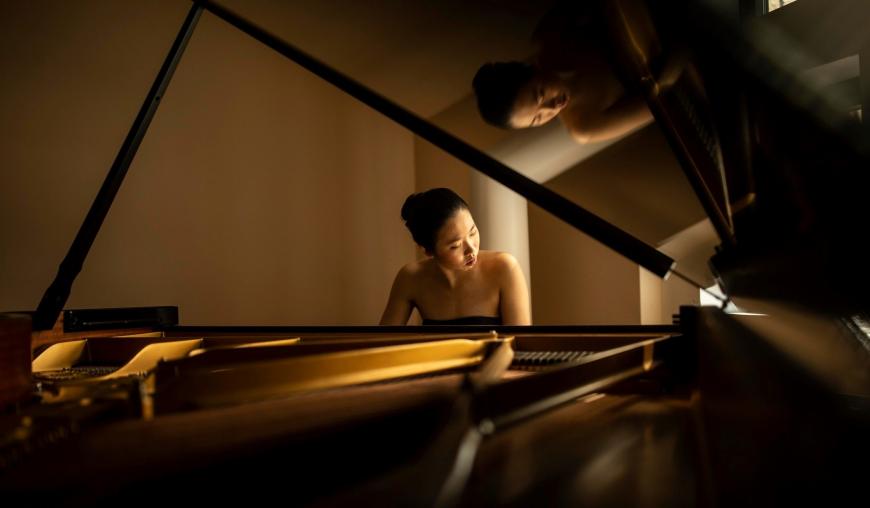
From a technical perspective, what are some of the limitations with modern piano?
What the piano does is that it takes a little bit longer for you to pronounce a note because the note isn’t plucked — it’s hit. So it takes longer for the instrument to speak. It’s also louder than the harpsichord, and it also sustains its sound more, so if you have 10 notes played in a very quick succession, one doesn’t have quite as much control over how they influence one another with respect to very short time durations compared to the harpsichord.
But of course, then you have other perks you get. “Dynamics” is a little bit too crude [of a word] because you can obviously do dynamics on other instruments, but you can get variable loudness on the attack [with a modern piano]. Sometimes you can get the pedal. It’s a different palette, basically.
What was your process for putting together this program?
The C-Minor Partita … I first learned on the harpsichord, actually, with Corey Jamason, and over the years, I’ve just performed more and more of the partitas, but I never got around to that one for one reason or another. I’m not sure why, and I just decided one day I really liked to play the Capriccio [movement] a lot. It’s a really catchy piece. It’s short. And I was playing, and I was thinking to myself, “You know, it’s about time that I played this for real.”
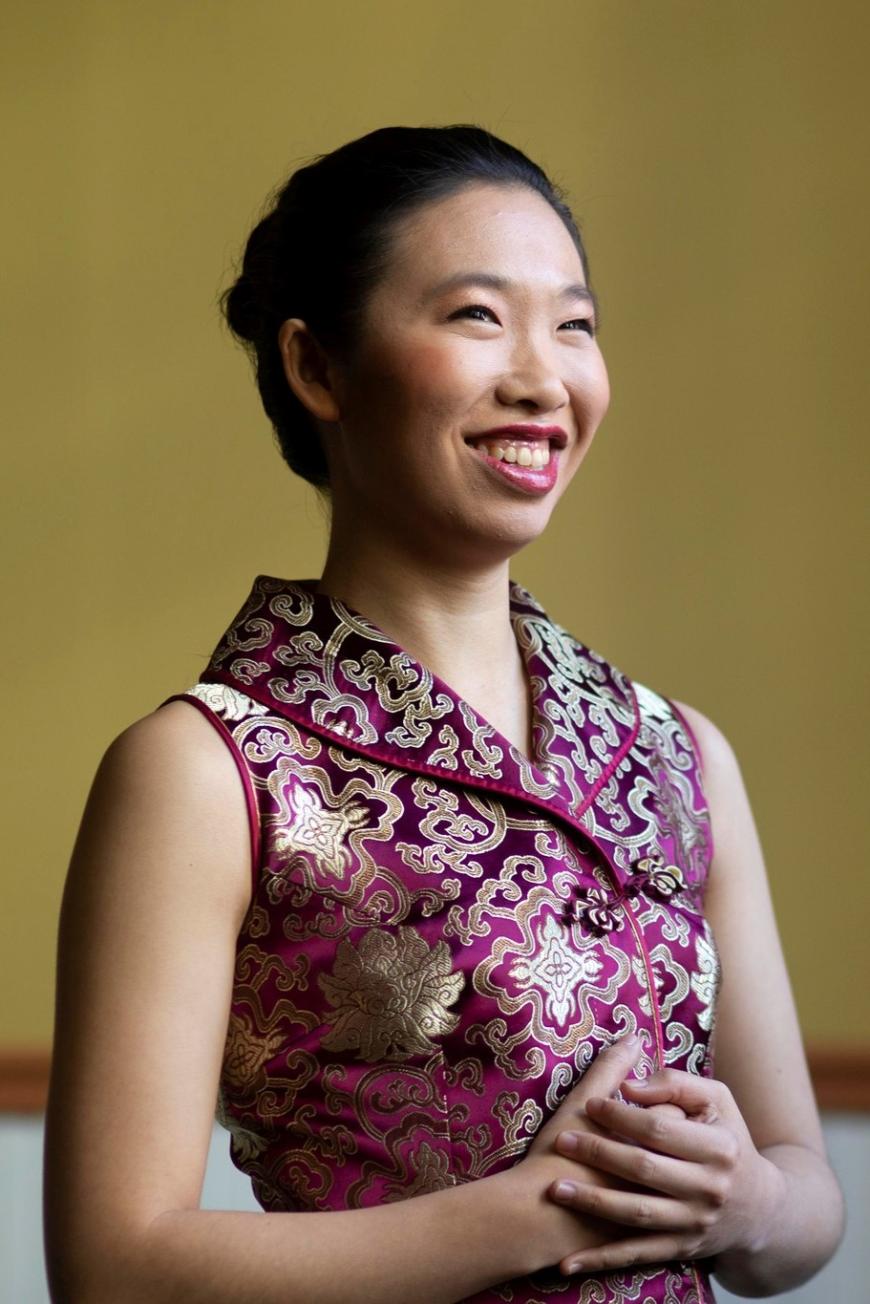
Another piece that is close to me is the G-Major Partita, which I played for the first time last summer. And those two go well together. The thing for me is the real relationship I have to the piece always comes first. The way I like my Bach, at least the C-Minor Partita, is that it’s a very earthy piece. Grand Overture, it makes sense to begin the concert with an overture, and the Capriccio, I play it in this very kind of a groovy way. I just imagine a party in somebody’s backyard, not in a ballroom in the middle of town.
The Liszt is a very special piece. Basically, what happens is St. Francis is preaching, and he notices these birds have come down onto the trees around him, and they’re very attentive toward him. So he keeps on preaching, and he finishes, and then the birds flap their wings and call out in response to him — it’s this very miraculous moment — and then they take off and fly away. This piece is basically capturing that scene. It’s very evocative, so when I heard it first — I actually learned about it through a friend who had made a transcription for the organ — I thought to myself, “Wow, this is what it’s like if music had a shape to it, had a space to it.”
Organ in a church and a concert hall really fills the space. It shapes the space around you. It makes you feel like you’re living in a scene. Like if you were in a movie, and somebody played [the Liszt], you would think, “Oh, what is happening in the scene here?” So this piece really gives an opportunity for just surrendering yourself to the moment and living inside the music, which I think is a very special thing.
You mentioned that your long association with Bach means performing his music is a very subjective experience, as it lets you bring out your personality. Do you believe there’s something inherently special about Bach?
Bach’s music is where I learned these things about music — because I’ve played Bach for so many different teachers, so many different audiences. People have responded in all sorts of different ways. I’m really not kidding when I say that playing Bach is learning a language of communicating with other people. When you try to learn English or any other language, you practice by speaking, listening, [and] writing, and the same is true of playing music.
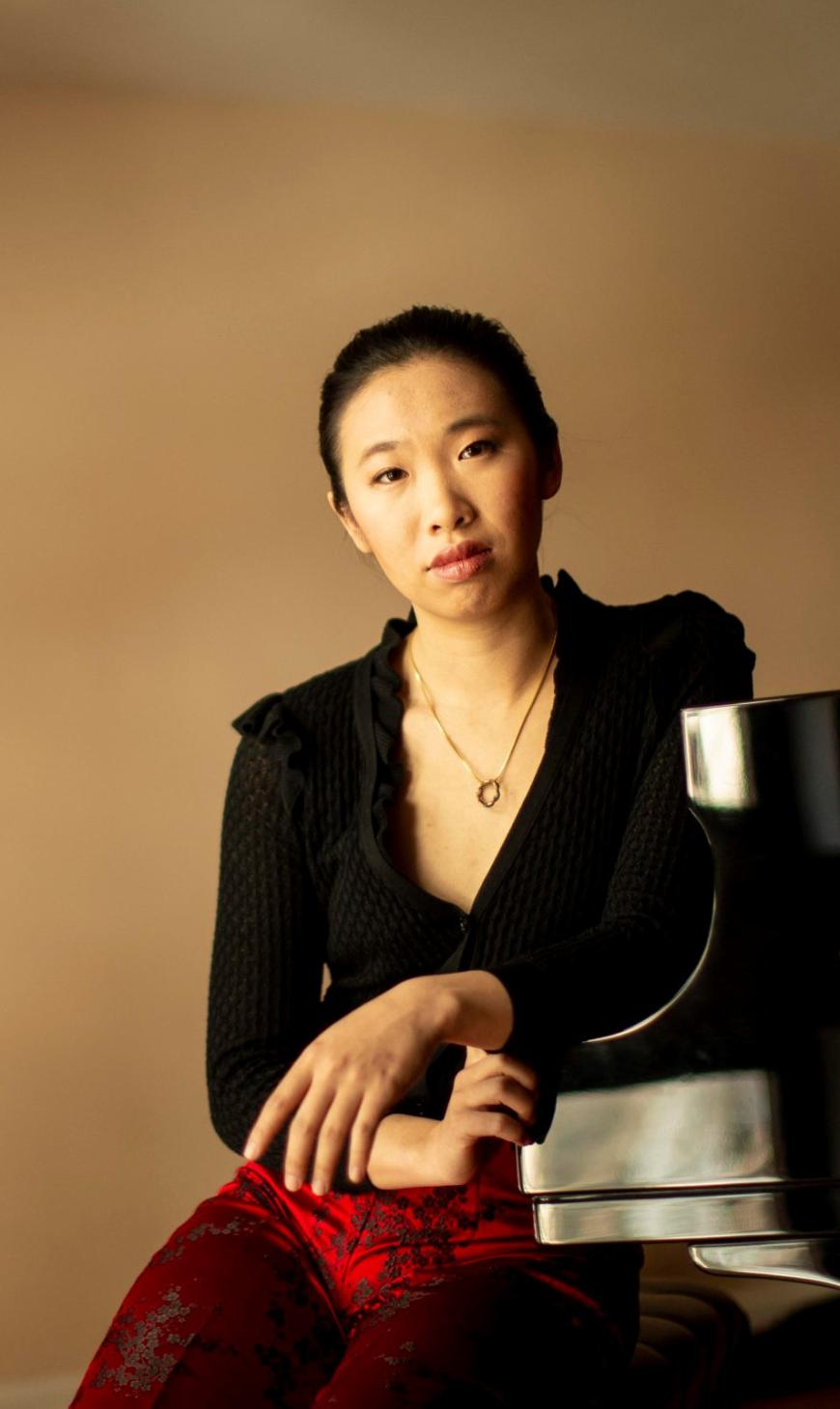
In order for somebody to understand what you’re trying to express, there has to be some kind of a shared agreement. There has to be mutual understanding between you. And Bach’s music, that’s the language where I first achieved that kind of mutual understanding. So that was just so pivotal to my growth as a musician and essential in that way. I can’t go back, turn back the clock. That’s there. That’s a part of my personal history as a musician.
Whose recordings of the Bach partitas do you look to for inspiration?
To be perfectly honest, I haven’t listened to very many of those recordings recently. But I grew up listening to Glenn Gould, and on the harpsichord, I really loved the recording by Andreas Staier. That’s a real favorite.
Are there any details you can share about your upcoming album?
I’m thinking of recording some movements from various partitas, sort of a greatest-hits list. I’m hoping to do some demo sessions at the end of the summer, and we’re looking at maybe next season or after to do the proper full recording. It’s been a long time coming. A lot of people have asked me for it. I feel ready now.
What’s changed that has made you feel ready for a recording now?
I’m a lot more self-aware than I was maybe five years ago, especially musically. When you put out a recording, it says, “This is what I believe.” It’s something where you feel confident enough to say, “I stand behind this because it’s going to be on tape.”
It’s funny, I wouldn’t say that I’m like trying to storm out of a cannon and say, “Yes, I have to record, I want to record.” Rather, I approach it more from the perspective that I think my playing has reached a point where it accurately and faithfully conveys how I feel about the music. I trust in my technique well enough to do that.
And I also have enough trust now in audiences from different communities. The early-music audience is not necessarily the same as the modern-music audience, which is not necessarily the same as the Glenn Gould audience, which is not necessarily the same as the audience who listens to jazz or music other than classical music. And I have enough trust and security in myself to know that when I reach new audiences, I’ll be able to explain from my heart why I did this and that.
What’s next for you?
I’ll be going on a Fulbright scholarship to live and study in Amsterdam. I’ll be playing a lot of harpsichord, fortepiano, and hopefully organ as well. Amsterdam has a very rich tradition of early-music performance, and they just have such a vibrant music scene. They’re one of the places in the world that’s particularly receptive to keyboard players who play all the keyboards and not just one of them.
A colleague of mine just played a recital at the Concertgebouw on fortepiano, piano, and harpsichord, and I can’t think of any other major hall in the world in which that has been done. I think it will be very beneficial for my playing. They’re very open-minded audiences. They’re very open to experimentation. I’ve played a little bit in Holland, and I really liked the vibe — I found it really welcoming and very fun, so I’m excited for this chapter.


